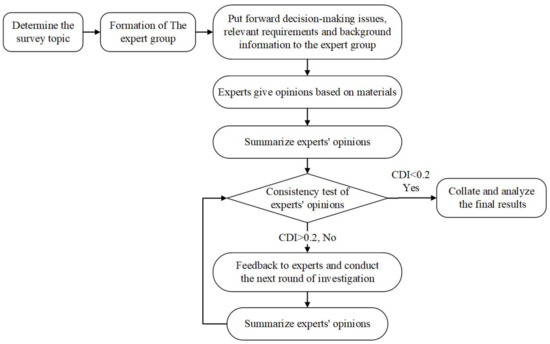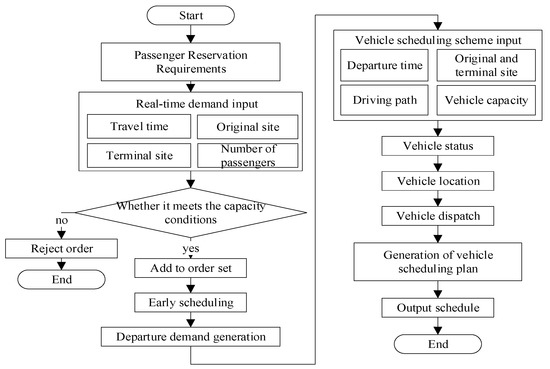Sustainability 2023, 15(7), 5750; https://doi.org/10.3390/su15075750 - 25 Mar 2023
Cited by 3 | Viewed by 3258
Abstract
Despite years of research, scholars still have a limited understanding of the factors that lead individuals to start their own businesses. Drawing upon the crisis decision theory (CDT), the theory of planned behavior (TPB), the entrepreneurial event model (EEM), and previous research on
[...] Read more.
Despite years of research, scholars still have a limited understanding of the factors that lead individuals to start their own businesses. Drawing upon the crisis decision theory (CDT), the theory of planned behavior (TPB), the entrepreneurial event model (EEM), and previous research on entrepreneurial intentions (EIs), this study investigates the impact of a set of predictors (i.e., perceived crisis severity, entrepreneurial disposition, support from family/friends, university affiliation, gender, year of study, work experience, presence of a role model, and completion of an entrepreneurship class) on the outcome variable (i.e., EIs) of Generation Z in a highly tourism-dependent transitional economy. Pearson’s correlation and multiple regression were employed to analyze the data collected in May/June 2020 via a self-administered questionnaire from 300 tourism and hospitality students enrolled at five public universities in Croatia. The results indicate that entrepreneurial disposition, work experience, and gender are directly related to EI. The perceived crisis severity does not affect EI. These findings contribute to filling gaps in the existing research on entrepreneurship during major crises, on EIs of Gen Z, on the role of perceived crisis severity in EIs, and on the state of EIs in mono-industrial (i.e., dominated by one industry) crony capitalist ex-communist economies.
Full article
(This article belongs to the Section Economic and Business Aspects of Sustainability)












